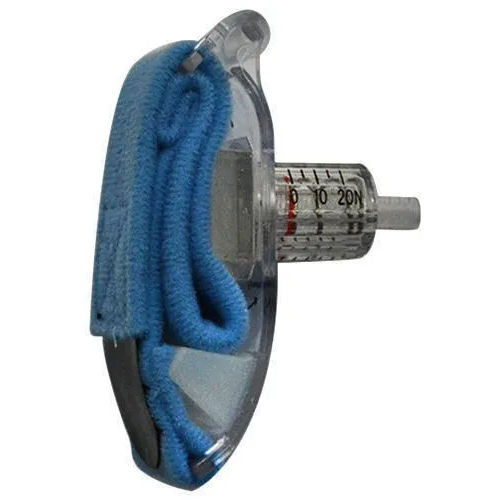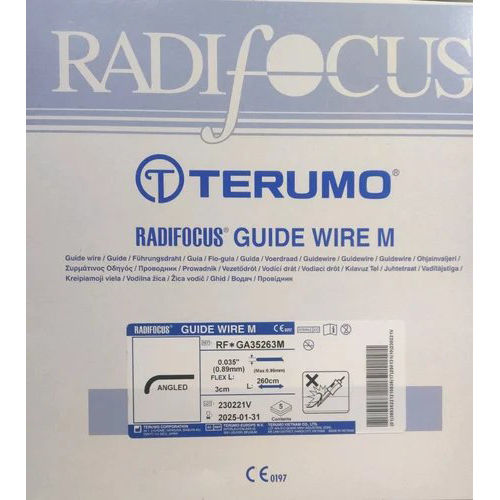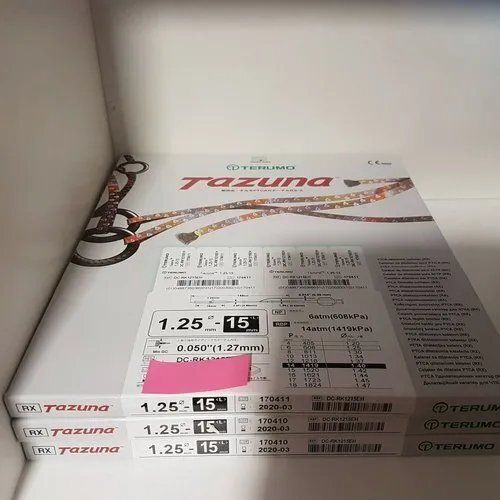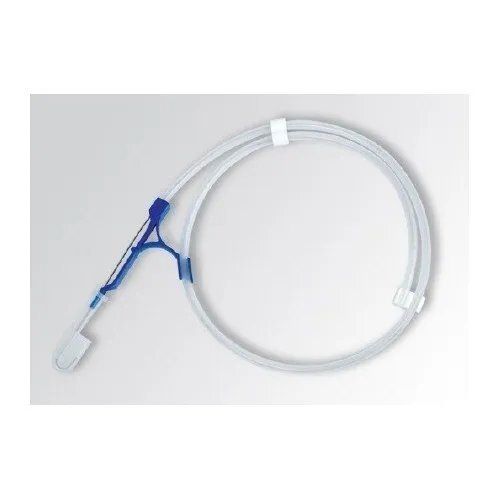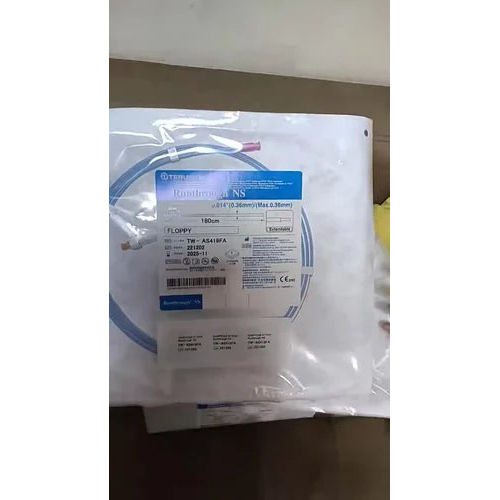Polyester Radial Compression Band
Product Details:
Polyester Radial Compression Band Price And Quantity
- 850 INR/Piece
- 50 Piece
Polyester Radial Compression Band Trade Information
- 10000 Piece Per Week
- 4 Days
Product Description
Polyester Radial Compression Band refers to a compression device that is designed to assist hemostasis of the radial artery after a trans-radial procedure. The compression device comes in use to stop the distal flow of sclerosing agent. Polyester Radial Compression Band is designed for visual control and selective compression of the radial artery that allows the blood to return and preserve patency. It also maintains the radial artery at the time of haemostasis to prevent future artery occlusion.
Frequently Asked Questions
Q: A compression band is what?
A: A compression band is a tool that exerts pressure on a particular area of the body and is often composed of elastic material. It is employed to control a number of medical illnesses as well as to assist wounded muscles, lessen swelling, and enhance blood circulation.
Q: A polyester radial compression band serves what purpose?
A: A polyester radial compression band's main function, as its name implies, would be to apply radial compression (compression around a particular body part). This can support the damaged area and aid in the control of edoema as well as the promotion of healing.
Q: How do compression bands function?
A: Compression bands function by exerting pressure on the injured area, which promotes blood flow and reduces swelling. Compression bands can support muscles, ease discomfort, and enhance general function by squeezing the tissues.
Q: What ailments may a compression band treat?
A: Many different conditions, including as post-surgical recovery, sprains and strains, venous insufficiency, lymphedema, sports injuries, and general swelling control, are often treated using compression bands.
Q: Compression bands: can they be adjusted?
A: A lot of compression bands provide some degree of adjustment. They might feature Velcro or hook-and-loop fasteners on the closures, which let you change the compression level to suit your needs. This adaptability can help guarantee a secure fit and account for variations in body size or edoema.

